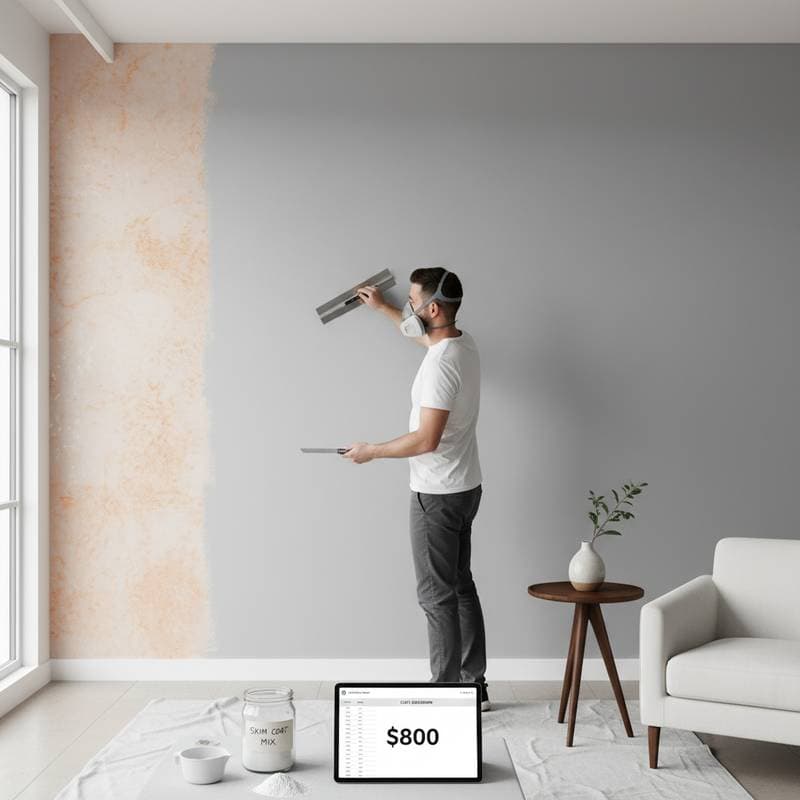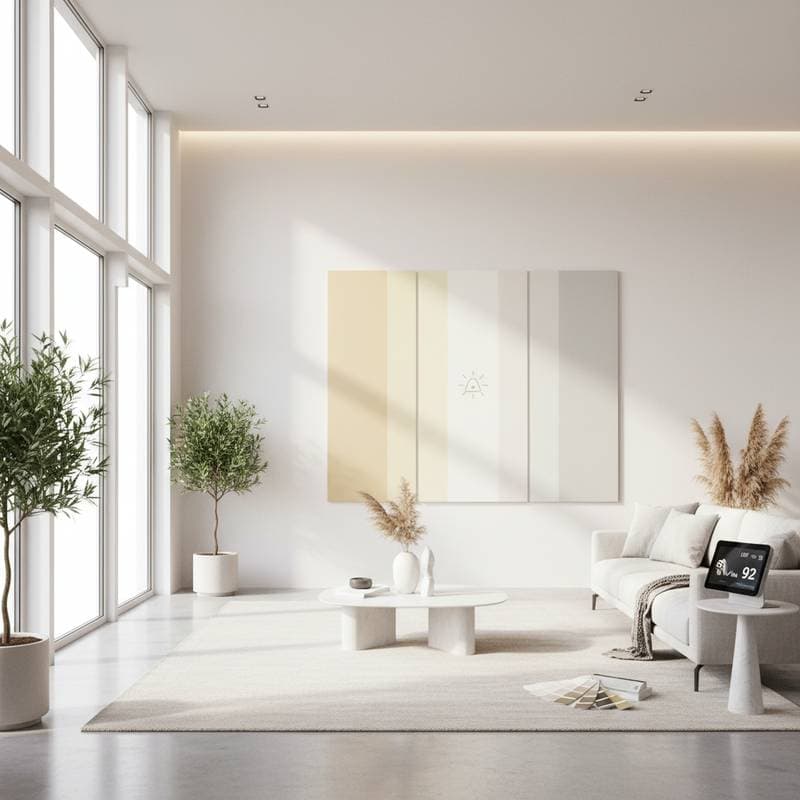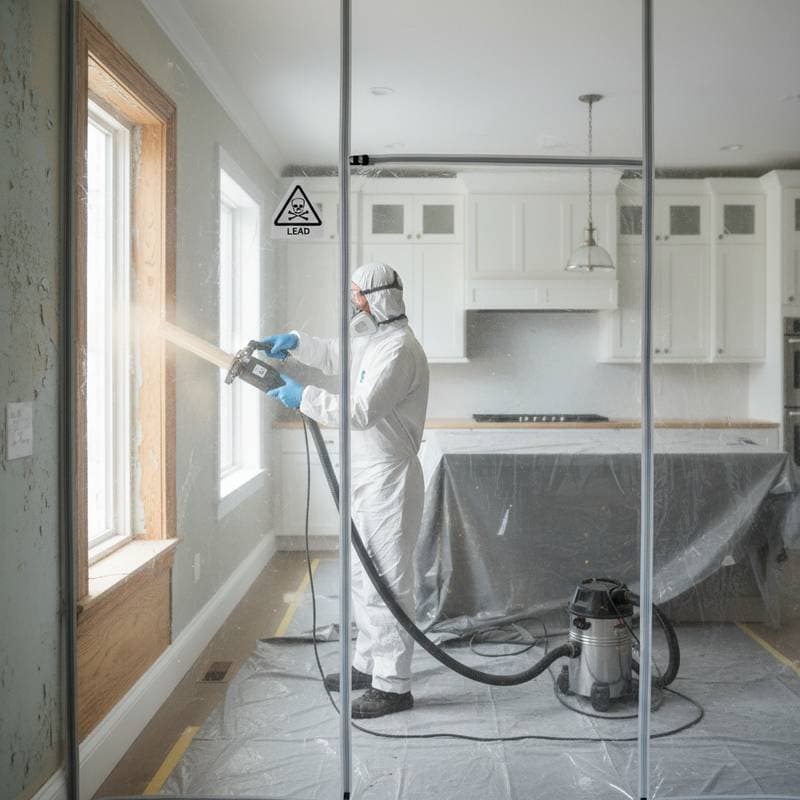Why Limewash Paint Outperforms Regular Paint
Homeowners looking for a durable, breathable, and naturally beautiful finish are increasingly turning to limewash paint. This centuries-old material has regained popularity for its eco-friendly qualities and distinctive matte texture. Unlike modern acrylic or latex paints that create a sealed layer on the surface, limewash interacts with the wall itself, forming a breathable finish that improves air quality and longevity. Understanding why limewash outperforms regular paint begins with examining its composition, performance, and long-term value.
What Makes Limewash Different
Limewash paint is made from crushed limestone that has been processed and mixed with water to form lime putty. When applied to a wall, it undergoes a process called carbonation, bonding with the surface to create a mineral-rich layer. Regular paint, by contrast, relies on synthetic binders and pigments that sit on top of the substrate rather than integrating with it.
The result is a finish that behaves entirely differently. Limewash allows moisture to escape, preventing trapped water from causing blistering or peeling. It also develops a soft, organic variation in tone that gives walls depth and texture. Regular paint may appear uniform, but its synthetic composition limits breathability, leading to potential issues with dampness and indoor air quality.
Limewash Paint Cost Overview
The cost of limewash paint typically ranges from $2 to $8 per square foot, depending on materials, surface condition, and labor rates. Most homeowners spend around $4 to $6 per square foot for a standard project that includes surface preparation and two coats. While this may appear higher than traditional paint at first glance, limewash offers value through reduced maintenance and longer performance life.
Average Cost Ranges by Project Size
- Small room (up to 150 sq. ft.): $300 to $700
- Medium room (150 to 300 sq. ft.): $600 to $1,200
- Large room (300 to 500 sq. ft.): $1,000 to $2,400
These estimates include professional labor, limewash materials, and basic preparation. Specialty finishes or complex textures can increase costs.
Cost Breakdown per Square Foot
| Category | Cost Range per Sq. Ft. | Description |
|---|---|---|
| Materials | $1 - $3 | Lime putty, pigments, and water |
| Labor | $2 - $4 | Application, mixing, and curing time |
| Preparation | $0.50 - $1.50 | Cleaning, patching, and priming |
| Add-ons | $0.50 - $2 | Specialty textures or custom tints |
Factors Affecting Limewash Costs
Understanding the variables influencing limewash pricing helps homeowners make informed decisions.
Surface condition: Rough or uneven walls require more preparation and material. Cracked plaster or unsealed masonry may need additional coats to achieve a consistent finish.
Number of coats: Limewash often requires two to three coats for full coverage. Each layer must dry properly before the next is applied, which adds labor time.
Color selection: Natural limewash colors are limited to earth tones, but custom pigments are available. Deep or complex hues cost more due to pigment concentration and mixing requirements.
Professional expertise: Limewashing demands skill and experience. Hiring a professional ensures proper application, consistent texture, and long-term performance.
Detailed Cost Analysis by Finish Type
| Finish Type | Basic Range | Standard Range | Premium Range | Key Differences |
|---|---|---|---|---|
| Smooth matte | $2 - $4 | $4 - $6 | $6 - $8 | Basic mineral finish with subtle texture |
| Textured patina | $3 - $5 | $5 - $7 | $7 - $9 | Layered look with intentional variation |
| Custom tinted | $4 - $6 | $6 - $8 | $8 - $10 | Pigmented tones matched to decor |
Why Limewash Outperforms Regular Paint
1. Breathability and Moisture Control
Limewash creates a breathable surface that allows walls to release moisture naturally. This feature prevents peeling or blistering, a common issue with synthetic paints that trap humidity. In older homes with plaster or masonry walls, breathability is crucial for maintaining structural health.
2. Natural Antibacterial Qualities
Lime has a high pH level, making it naturally resistant to mold and bacteria. Regular paint can trap organic growth behind its sealed layer, leading to hidden moisture damage. Limewash eliminates this risk by creating an alkaline environment that discourages microbial growth.
3. Distinctive Texture and Depth
The mineral composition of limewash gives walls a unique texture that changes with light and time. Each application has slight variations, producing a soft, organic look that artificial paints cannot replicate. This characteristic adds warmth and character to both modern and traditional spaces.
4. Eco-Friendly and Non-Toxic
Limewash contains no synthetic resins or volatile compounds. It is biodegradable and safe for both indoor and outdoor use. Regular paints often contain chemicals that release fumes into the air, affecting indoor air quality. Limewash provides a healthier alternative with minimal environmental impact.
Value and Return on Investment
Investing in limewash offers both aesthetic and practical returns. The breathable finish preserves wall integrity, reducing repair costs. Its natural resistance to mold and moisture lowers maintenance expenses. For homeowners planning to sell, limewashed interiors and exteriors often appeal to buyers seeking authenticity and sustainability.
Money-Saving Strategies
- Handle minor preparation tasks such as cleaning or patching small cracks before hiring a professional.
- Choose natural tones that require fewer pigment additions.
- Apply limewash during moderate weather to reduce drying delays and labor hours.
- Buy materials in bulk for large projects to lower per-unit costs.
- Maintain surfaces properly to extend the life of the finish and delay reapplication needs.
Planning Your Budget
A successful limewash project begins with realistic budgeting. Start by measuring wall areas and multiplying by the average cost per square foot. Add a contingency of around ten to fifteen percent for unexpected preparation work or additional coats. Obtain multiple quotes from qualified contractors who specialize in limewash application. Compare not only pricing but also experience and material quality.
Frequently Asked Questions
1. What is the average cost for limewash paint compared to regular paint?
Limewash typically costs between $2 and $8 per square foot, while regular paint averages $1 to $4. Although limewash may have a higher initial cost, its longevity and low maintenance often make it more cost-effective over time.
2. What factors have the biggest impact on limewash costs?
Surface preparation, number of coats, custom pigment choices, and professional labor rates influence total cost. Walls that need repairs or have uneven textures generally require more materials and time.
3. How can I save money on limewash without sacrificing quality?
Prepare the walls yourself, select natural tones, and schedule work during mild weather. Working with an experienced contractor who uses efficient techniques can also reduce labor time and costs.
4. Should I hire professionals or attempt this as a DIY project?
Limewash is best applied by professionals familiar with its unique drying and layering process. DIY application is possible for small areas, but uneven coverage or inconsistent color can occur without proper training.
5. How do I budget for unexpected costs in limewash projects?
Include a contingency of ten to fifteen percent for issues such as extra coats, pigment adjustments, or surface repairs. Reviewing wall conditions before starting helps minimize surprises.
6. When is the best time to apply limewash for the lowest costs?
Mild, dry weather offers the most efficient conditions. During these periods, contractors often have better availability and shorter curing times, which helps control overall project costs.



